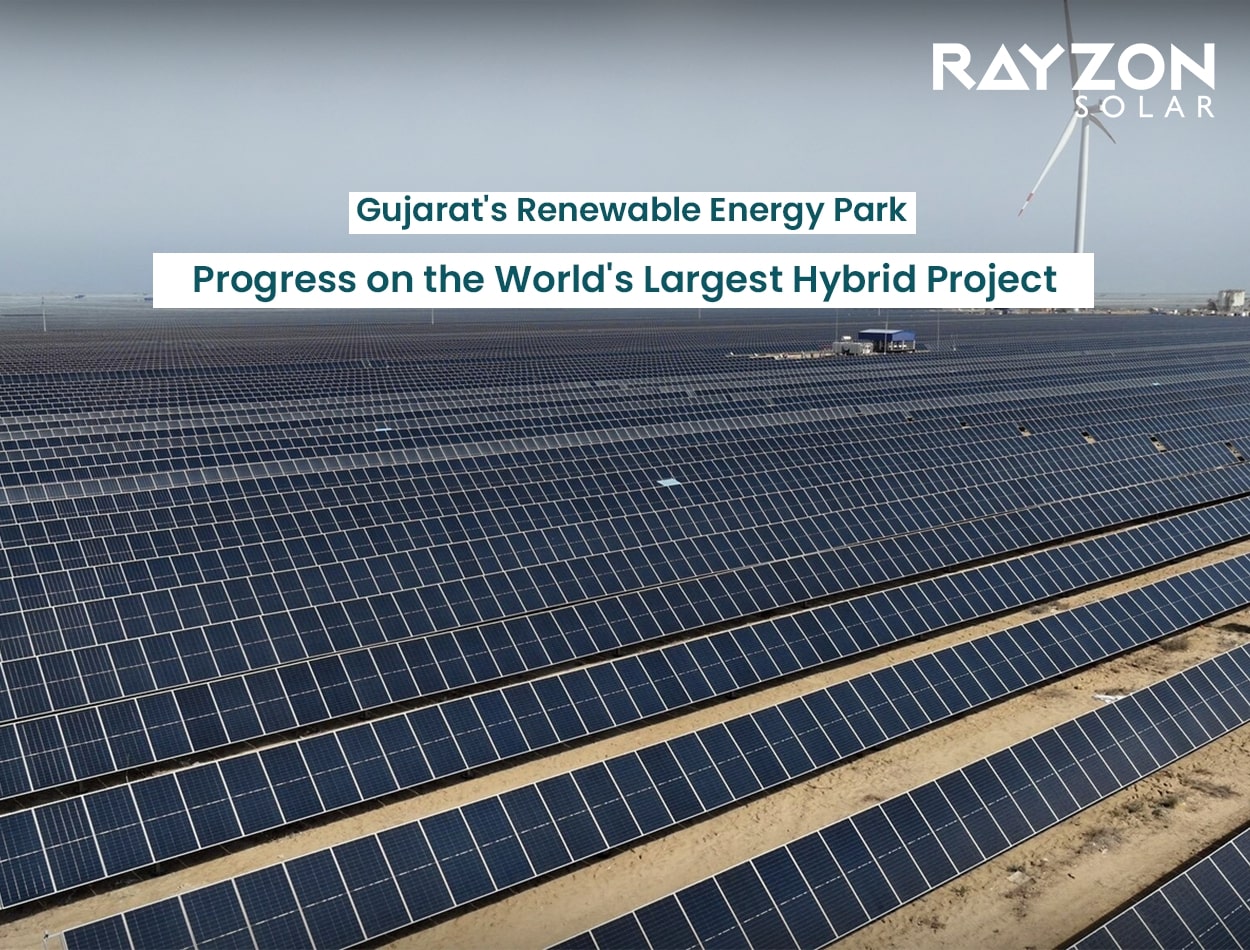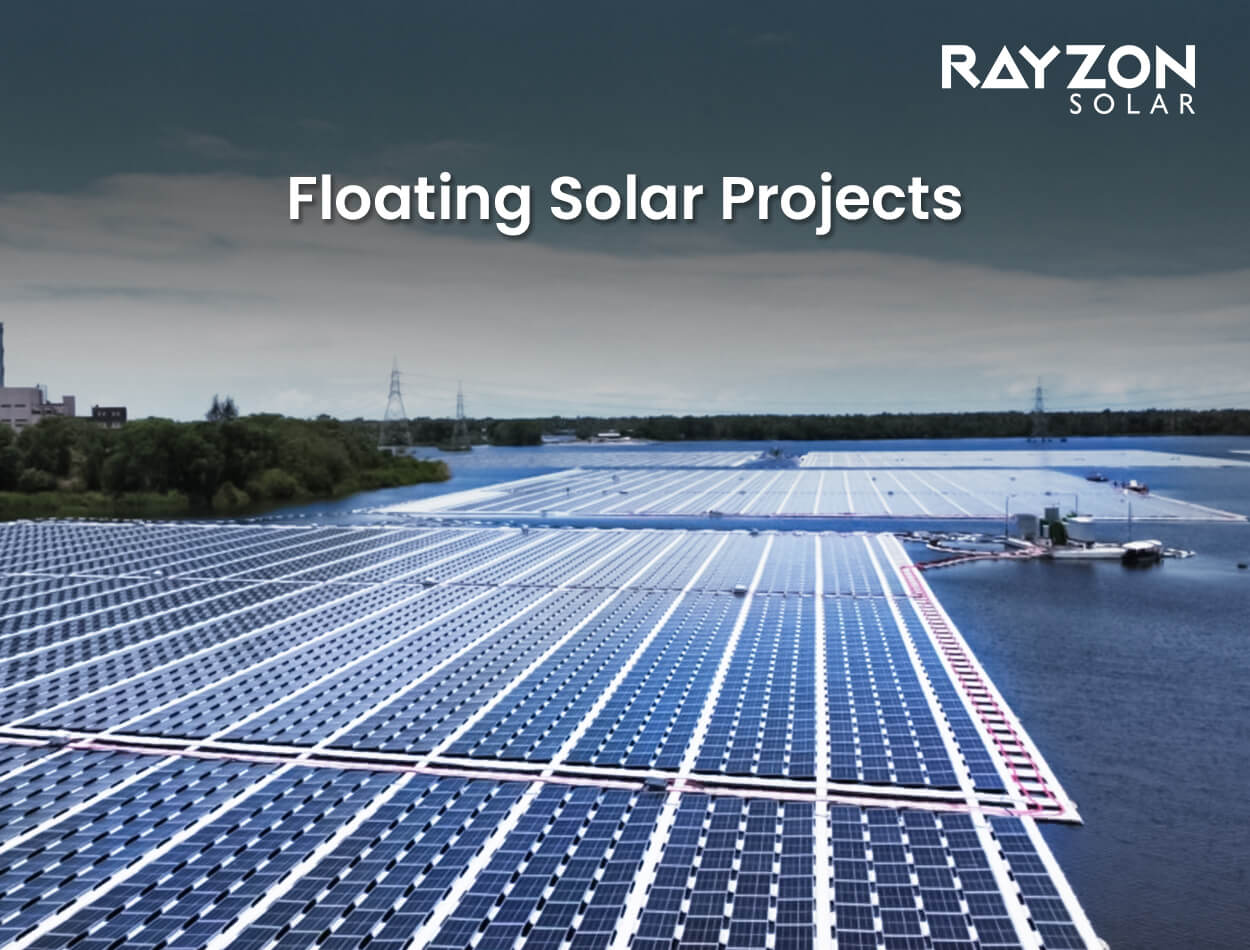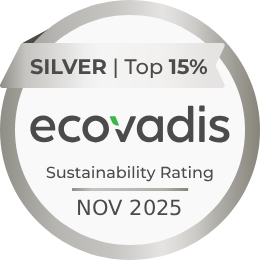
Gujarat's Khavda Renewable Energy Park: Progress on the World's Largest Hybrid Project
Gujarat, a state renowned for its progressive approach to renewable energy, is making headlines with the development of the Khavda Renewable Energy Park. Touted as the world's largest hybrid renewable energy project, this ambitious initiative combines solar and wind energy to create a sustainable and robust power infrastructure. Situated in the arid region of Kutch, the park is a testament to India's commitment to clean energy and its potential to lead the global transition towards sustainability.
The Khavda Renewable Energy Park is not just a project; it's a vision for a greener future. By harnessing the abundant solar and wind resources of the region, the park aims to significantly contribute to India's renewable energy capacity. This initiative aligns with the nation's goals under the National Solar Mission and reflects Gujarat's proactive stance in promoting renewable energy solutions.
Overview of the Khavda Renewable Energy Park
The Khavda Renewable Energy Park is a monumental project that underscores India's dedication to expanding its renewable energy portfolio. The park is designed to have a capacity of 30 GW, with 20 GW from solar and 10 GW from wind energy. This hybrid approach ensures a more stable and continuous power supply, leveraging the complementary nature of solar and wind energy generation.
Located in the Kutch district, the park spans over 72,600 hectares, making it the largest renewable energy installation globally. The strategic location offers high solar irradiance and consistent wind speeds, ideal for renewable energy generation. The project is expected to attract investments exceeding ₹1.5 lakh crore, creating numerous employment opportunities and boosting the local economy.
Technological Innovations and Infrastructure
The Khavda Renewable Energy Park is a hub of technological advancements in the renewable energy sector. It incorporates state-of-the-art solar photovoltaic panels and high-capacity wind turbines to maximise energy output. The integration of advanced energy storage systems ensures a reliable power supply, even during periods of low generation.
The park also features a robust transmission network to distribute the generated power efficiently. This includes high-voltage substations and transmission lines connecting the park to the national grid. The infrastructure is designed to minimise energy losses and ensure optimal performance.
Environmental and Economic Impact
The Khavda Renewable Energy Park is poised to make a significant impact on both environmental and economic fronts. By generating clean energy, the park will reduce carbon emissions by an estimated 50 million tonnes annually. This contributes substantially to India's climate change mitigation efforts and its commitment to the Paris Agreement.
Economically, the project is a catalyst for regional development. It is expected to create over 100,000 direct and indirect jobs, ranging from construction to maintenance and operations. The influx of investment will stimulate local businesses and infrastructure development, enhancing the overall quality of life in the region.
Alignment with National Renewable Energy Goals
The Khavda Renewable Energy Park aligns powerfully with India’s updated renewable energy ambitions. Under the nation's revised clean energy roadmap, India targets an impressive 500 GW of non-fossil fuel capacity by 2030, with a major share expected from solar and wind energy sources. As one of the largest hybrid renewable projects in the world, Khavda plays a pivotal role in helping the country meet this ambitious goal and cement its position as a global clean energy leader.
Additionally, the project supports Gujarat’s progressive renewable energy policy, which actively promotes the development of large-scale hybrid energy parks. The state’s forward-thinking approach, offering investor-friendly policies, land availability and fast-track approvals, has made it a hotspot for green energy investments and technological innovation in the sector.
Community Engagement and Social Benefits
Community involvement is a cornerstone of the Khavda Renewable Energy Park. The project includes initiatives to engage local communities, offering training programs and employment opportunities. This inclusive approach ensures that the benefits of the project are shared widely, promoting social equity and empowerment.
Additionally, the project includes plans for developing local infrastructure, such as roads, schools and healthcare facilities. These developments will enhance the standard of living for residents and contribute to the holistic growth of the region.
Conclusion
The Khavda Renewable Energy Park stands as an example of India's renewable energy ambitions. Its scale, technological sophistication and community-centric approach set a benchmark for future projects. By harnessing the natural resources of the Kutch region, the park not only contributes to energy security but also drives sustainable development.
As the world grapples with the challenges of climate change, projects like the Khavda Renewable Energy Park offer a blueprint for integrating environmental responsibility with economic growth. Gujarat's leadership in this domain underscores the potential of regional initiatives to make a global impact.
Call to Action
At Rayzon Solar, we are inspired by the transformative potential of the Khavda Renewable Energy Park. As a leading solar panel manufacturer, we are committed to supporting India's renewable energy journey. Explore our range of high-efficiency solar solutions and join us in building a sustainable future.
FAQs
1. What is the capacity of the Khavda Renewable Energy Park?
The park is designed to have a total capacity of 30 GW, with 20 GW from solar and 10 GW from wind energy.
2. Where is the Khavda Renewable Energy Park located?
It is situated in the Kutch district of Gujarat, India, spanning over 72,600 hectares.
3. How does the park contribute to India's renewable energy goals?
The Khavda project significantly boosts India's renewable energy capacity, aligning with national targets under the National Solar Mission.
4. What are the environmental benefits of the project?
The park is expected to reduce carbon emissions by approximately 50 million tonnes annually, aiding in climate change mitigation.
5. How does the project impact the local community?
It creates employment opportunities, enhances infrastructure and includes community engagement initiatives to ensure inclusive development.
Note: This blog is focused exclusively on the development, progress, and significance of Gujarat’s Khavda Renewable Energy Park. It aims to provide in-depth insights into the world’s largest hybrid solar-wind energy project and does not cover broader topics unrelated to the Khavda project.



